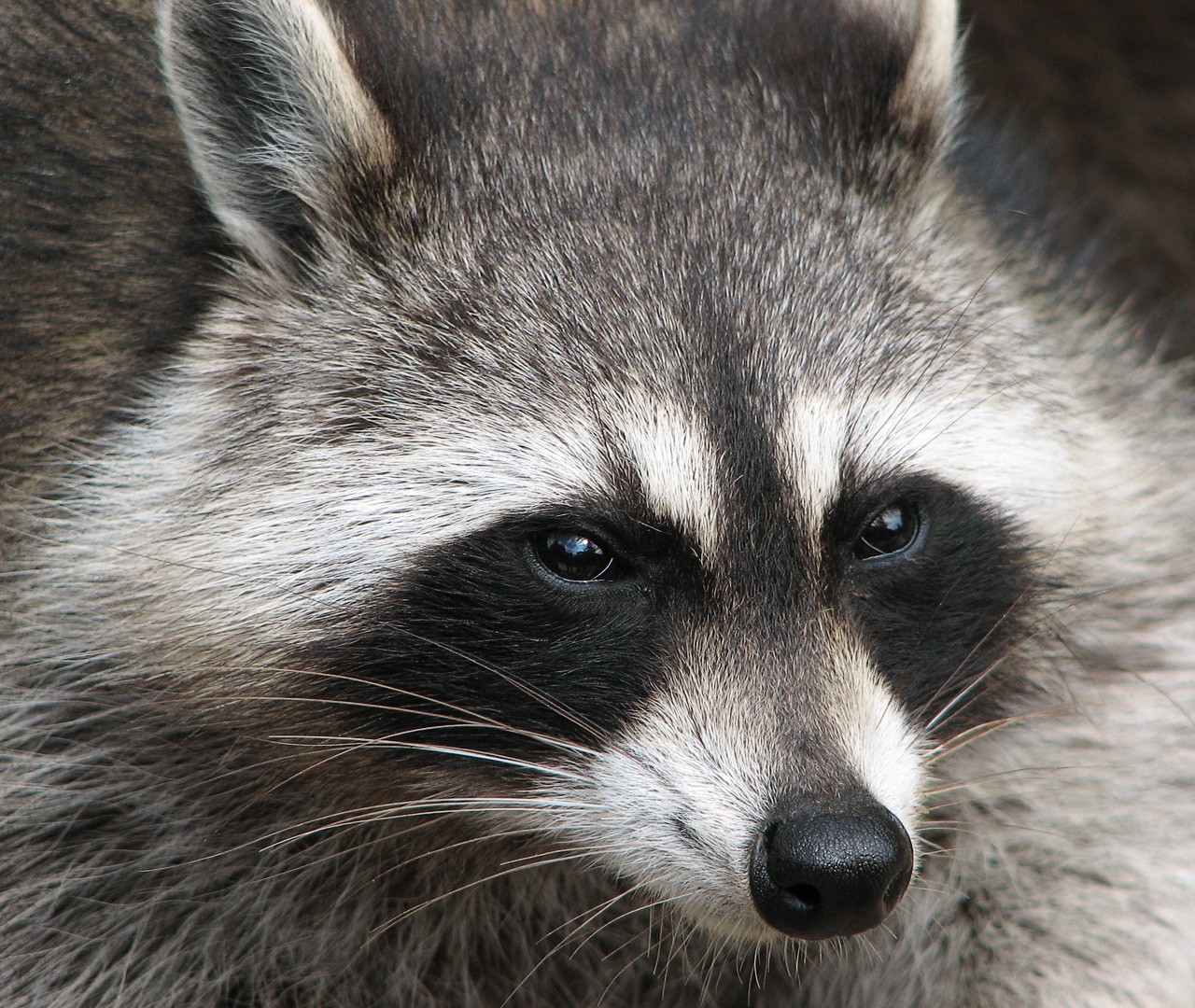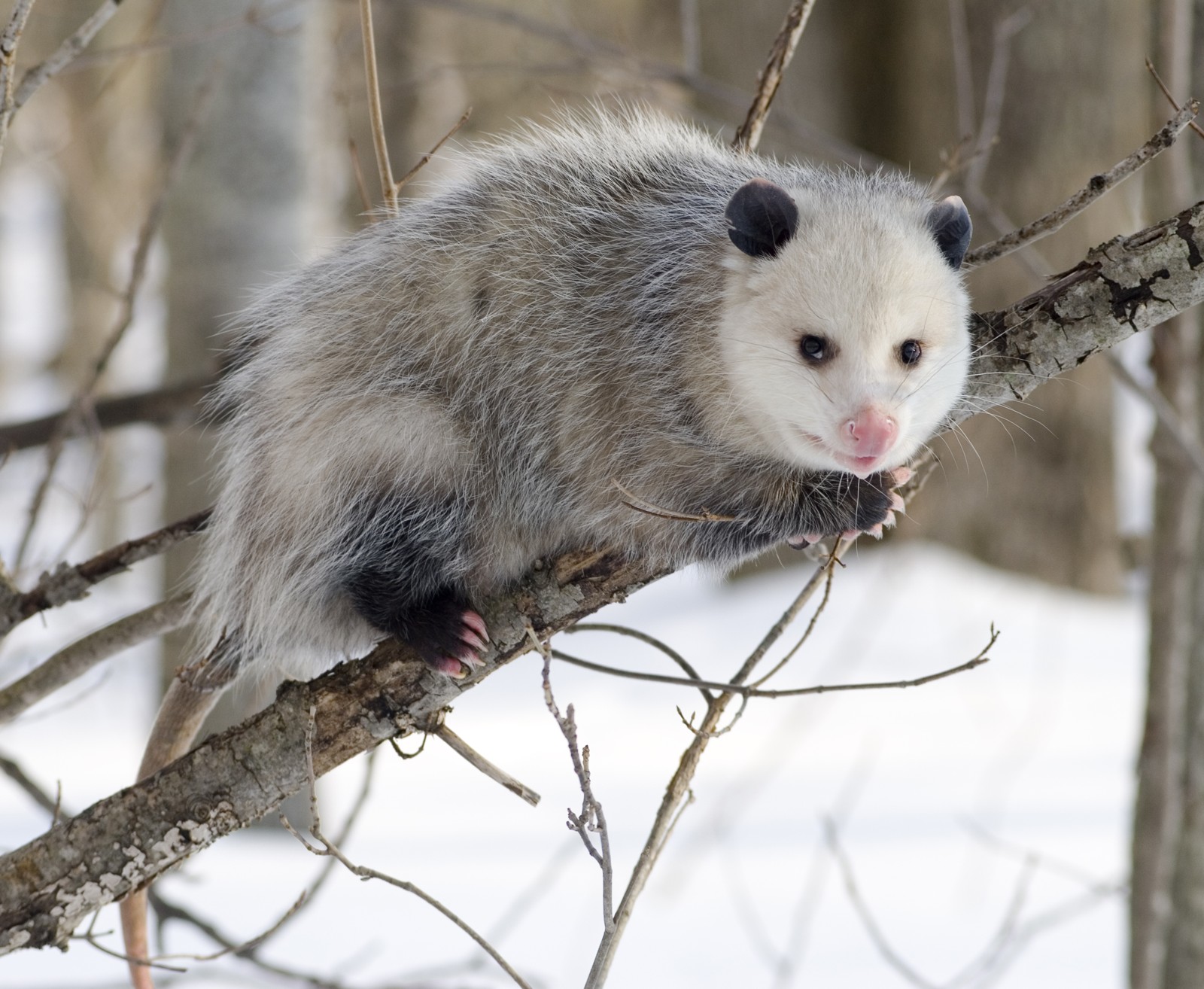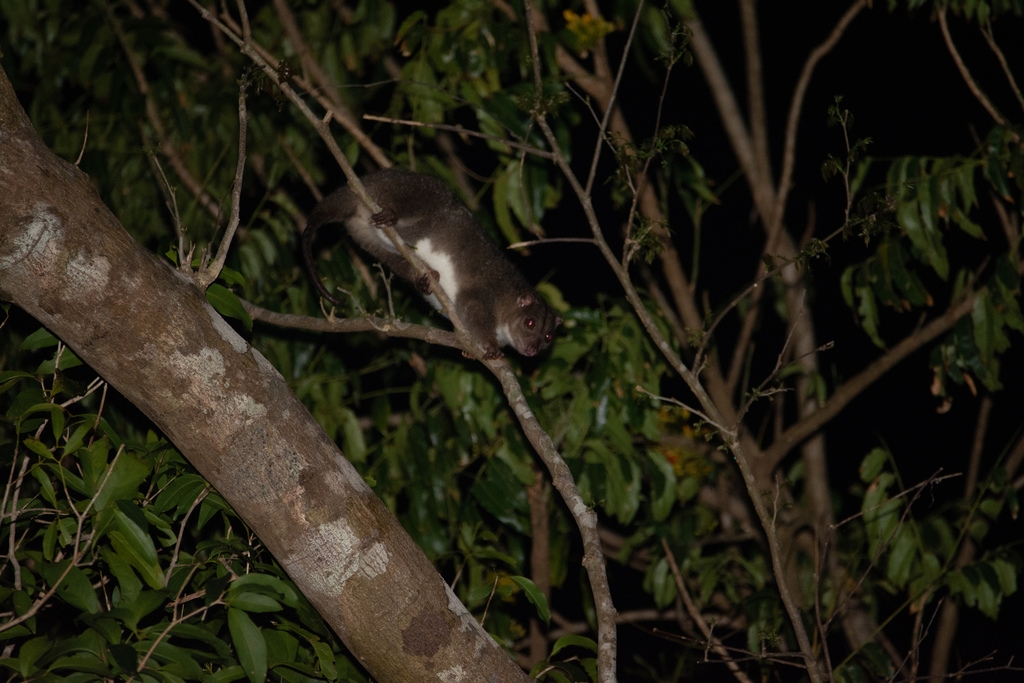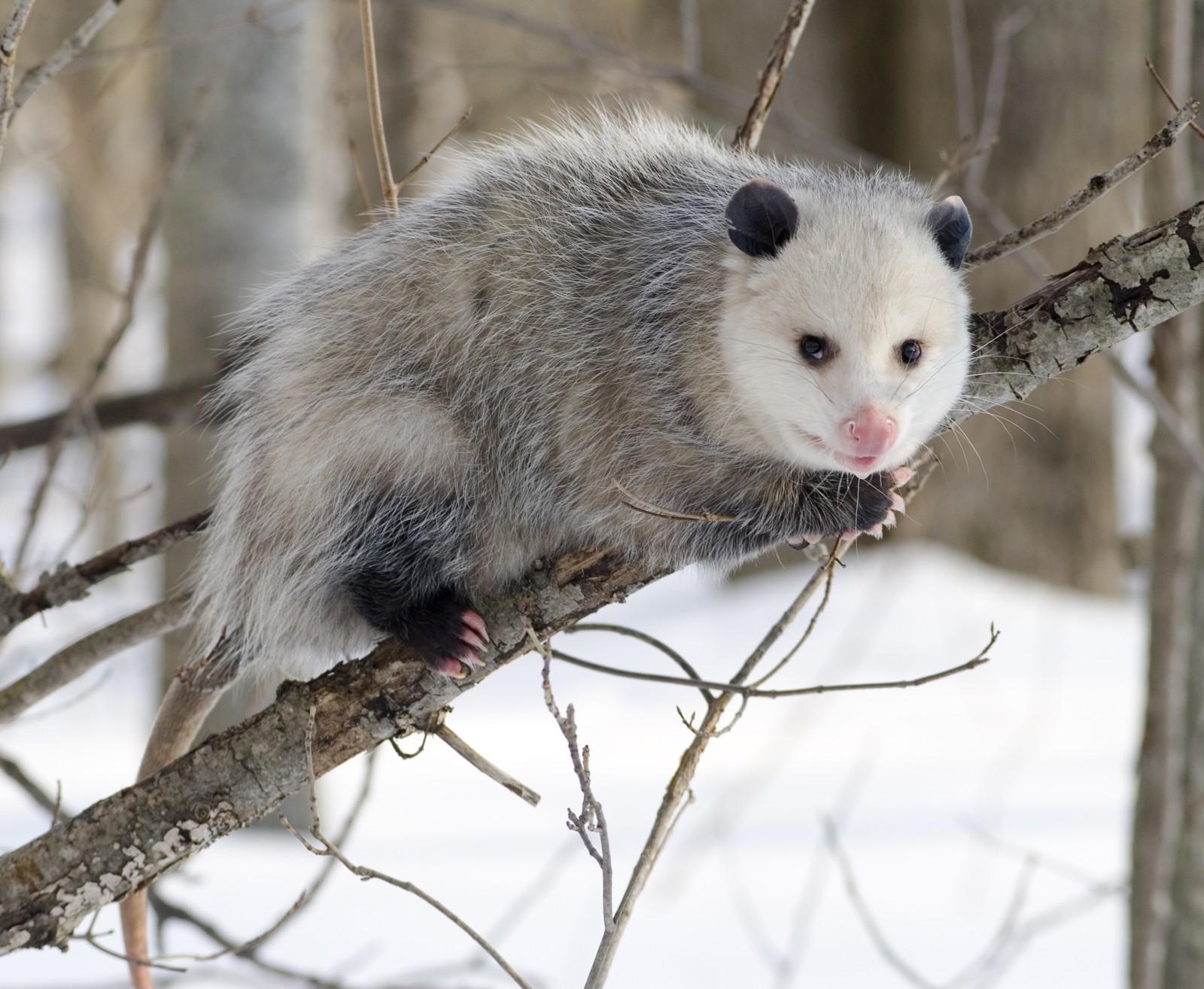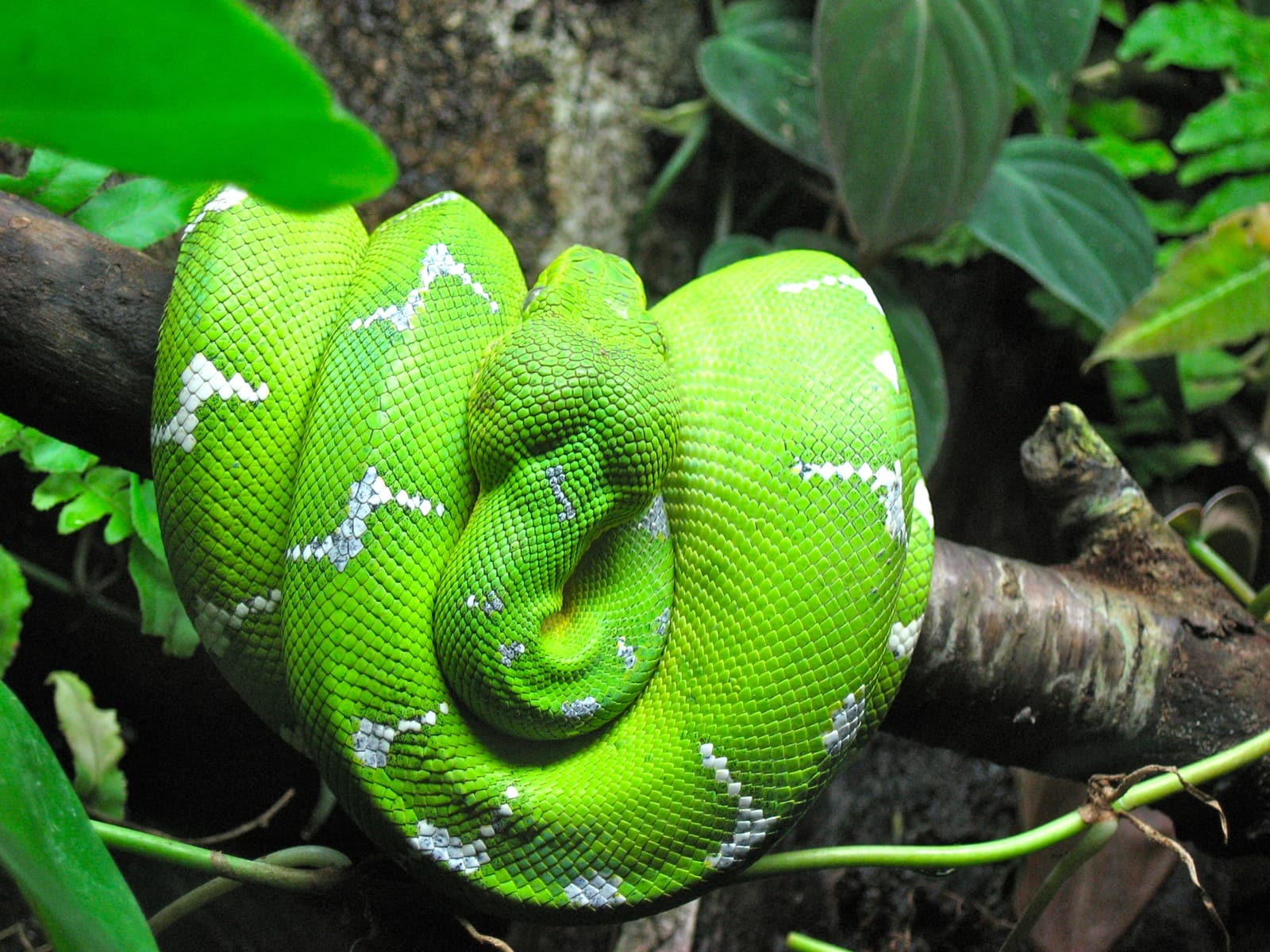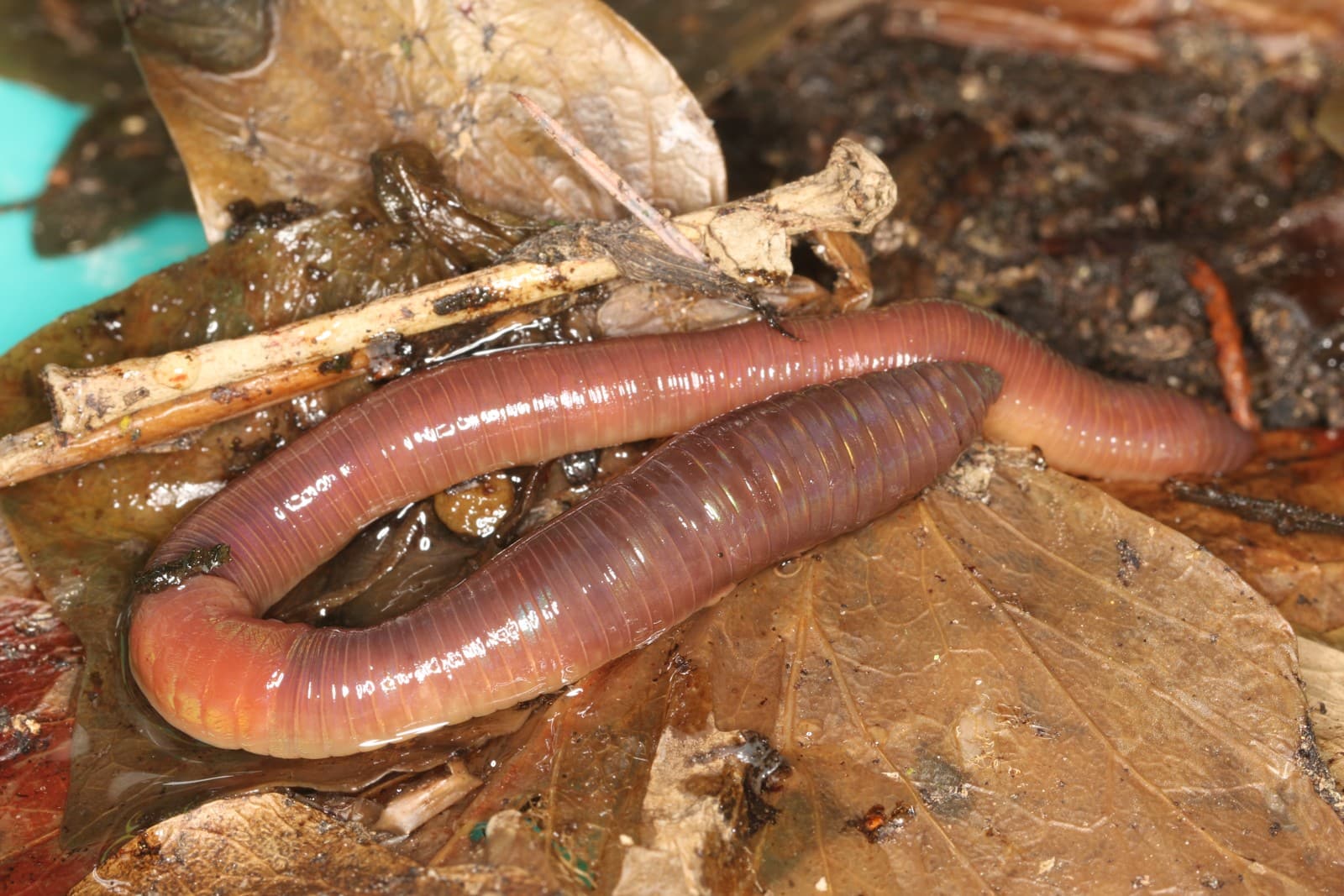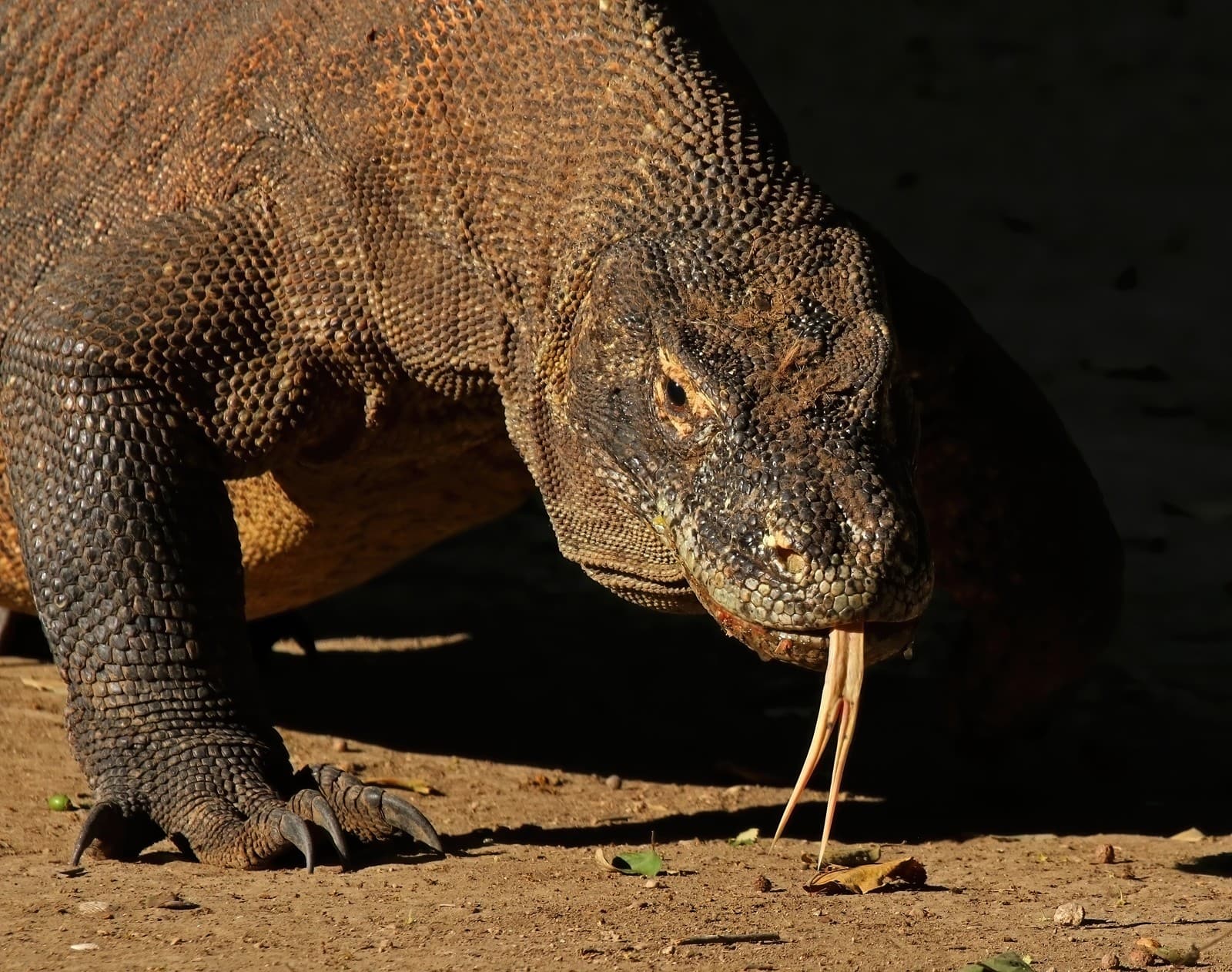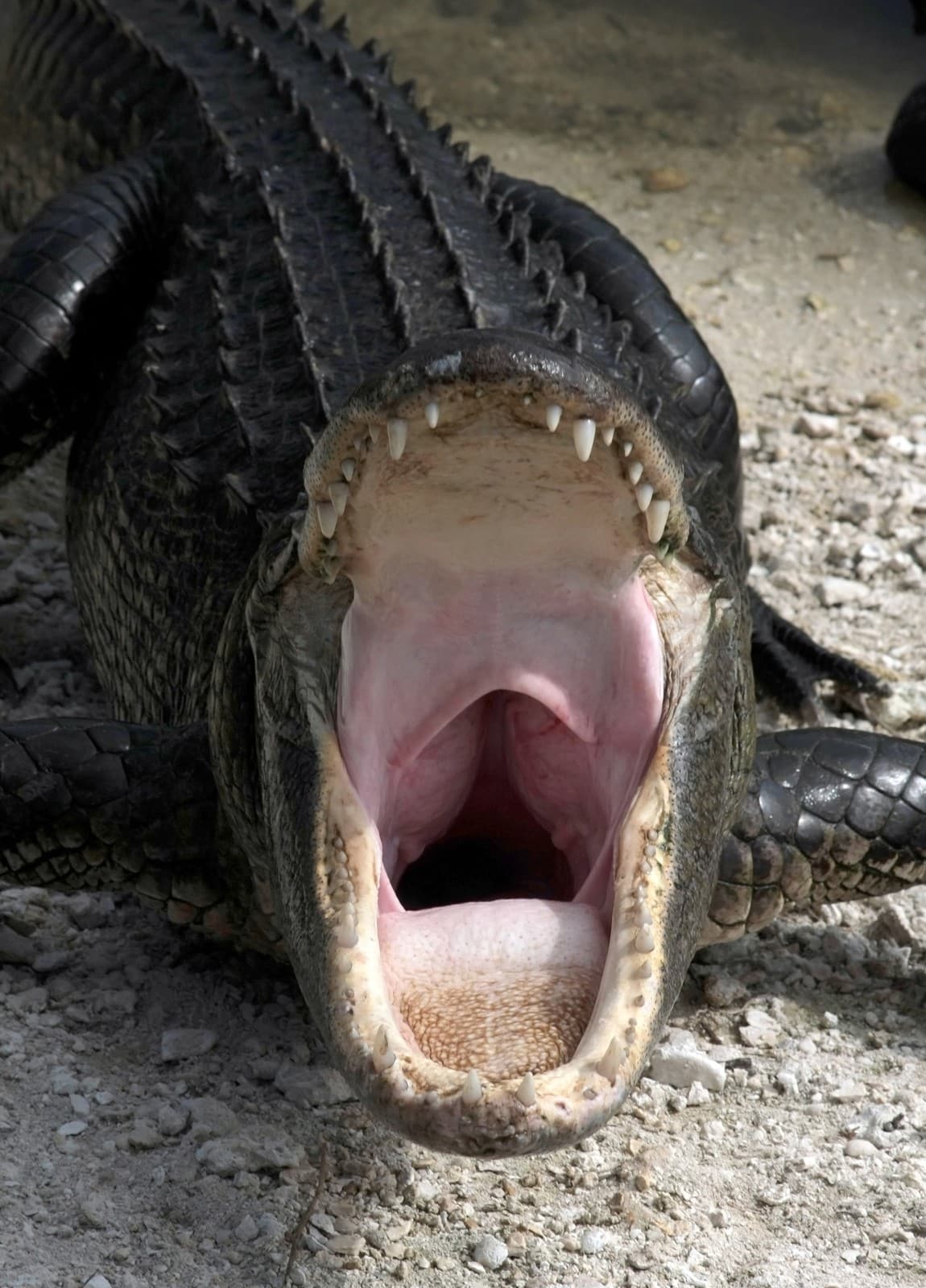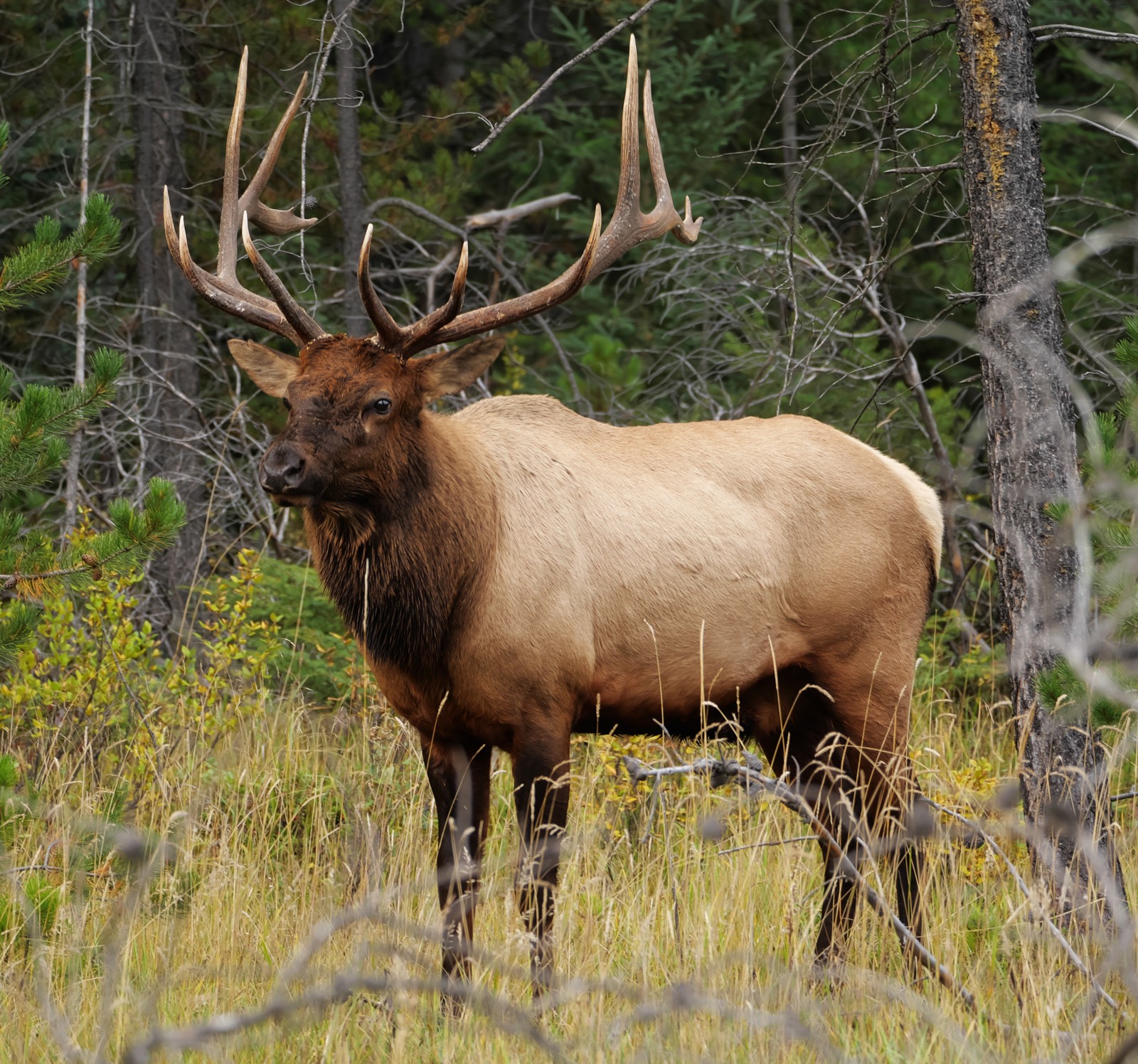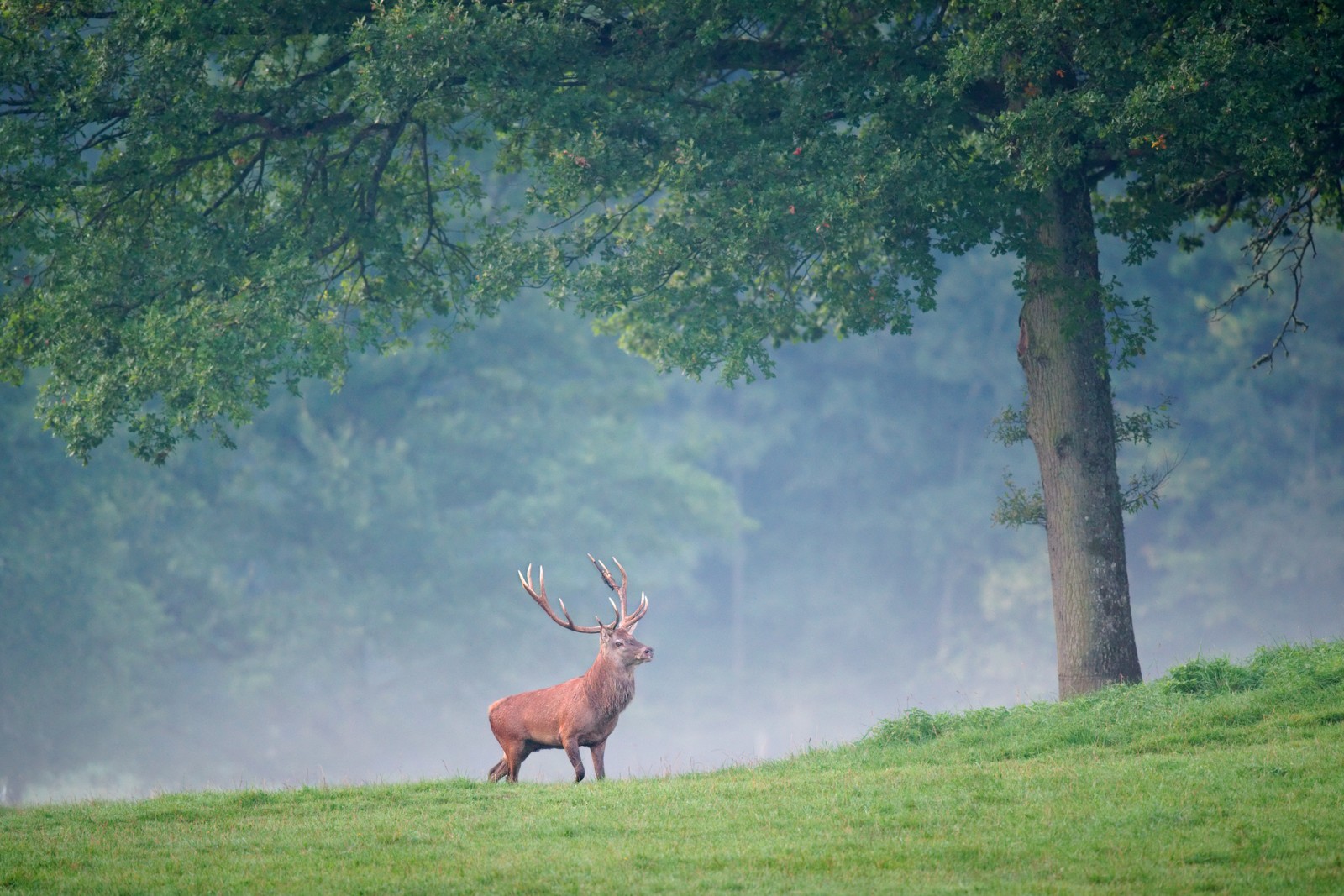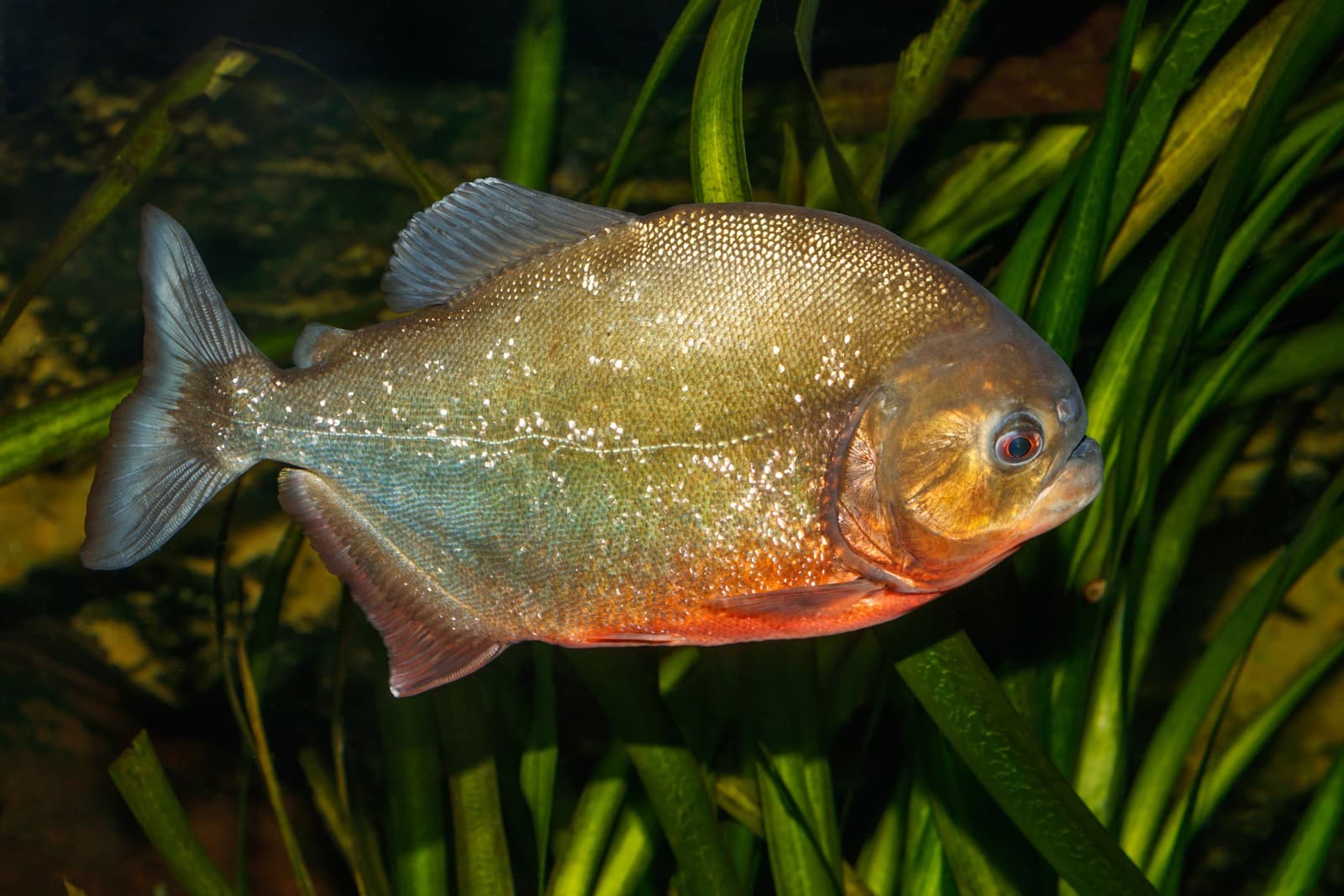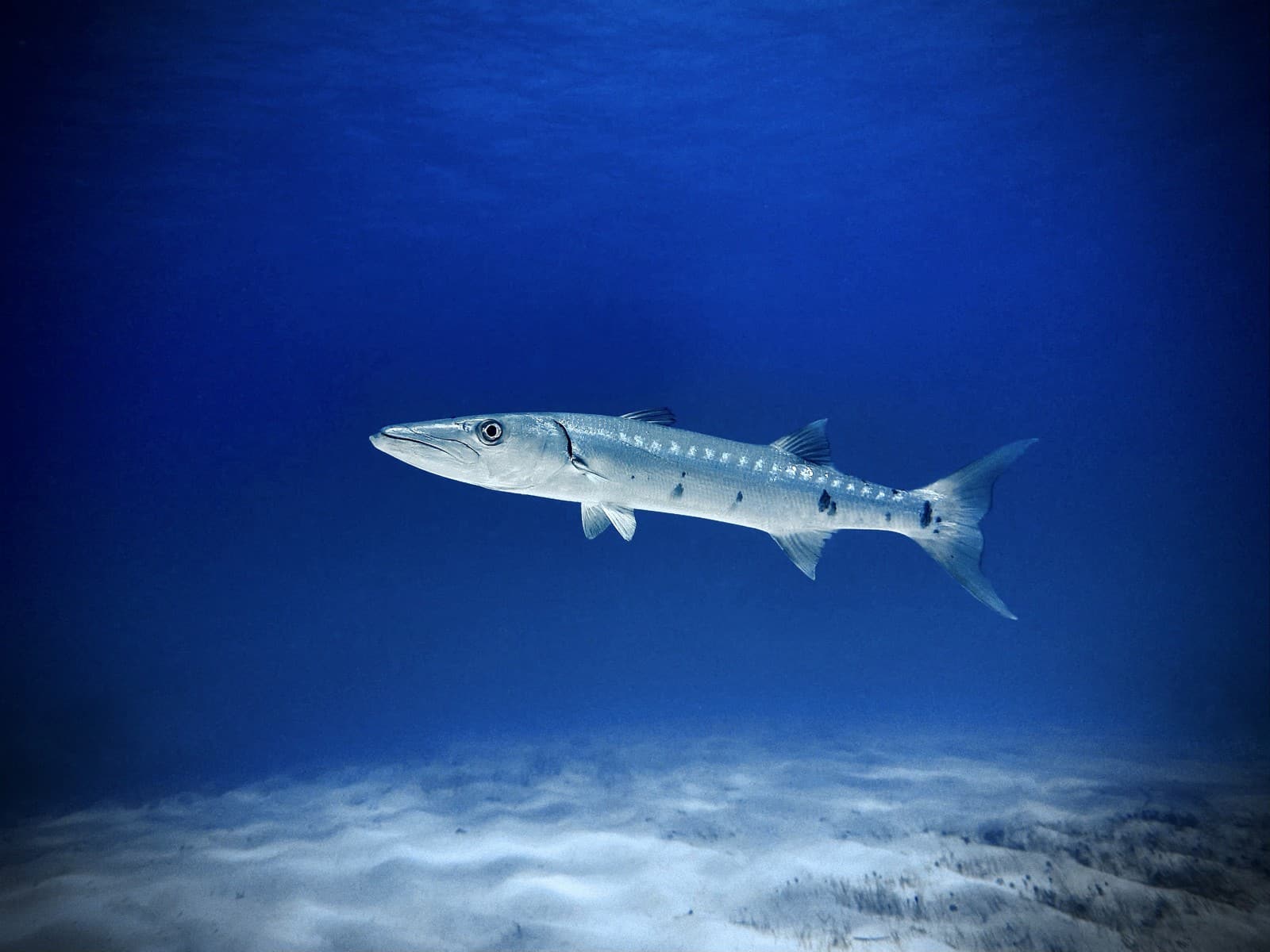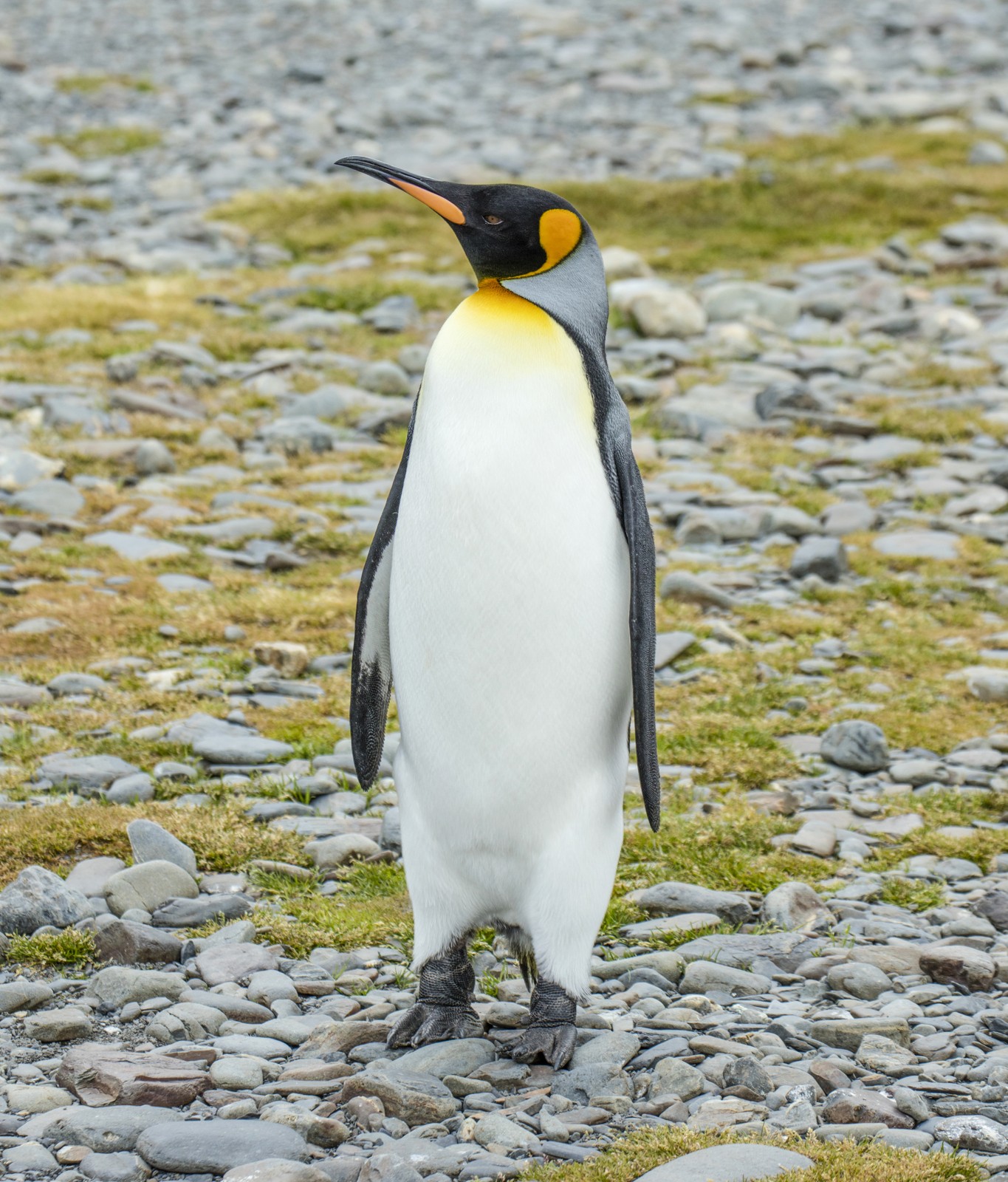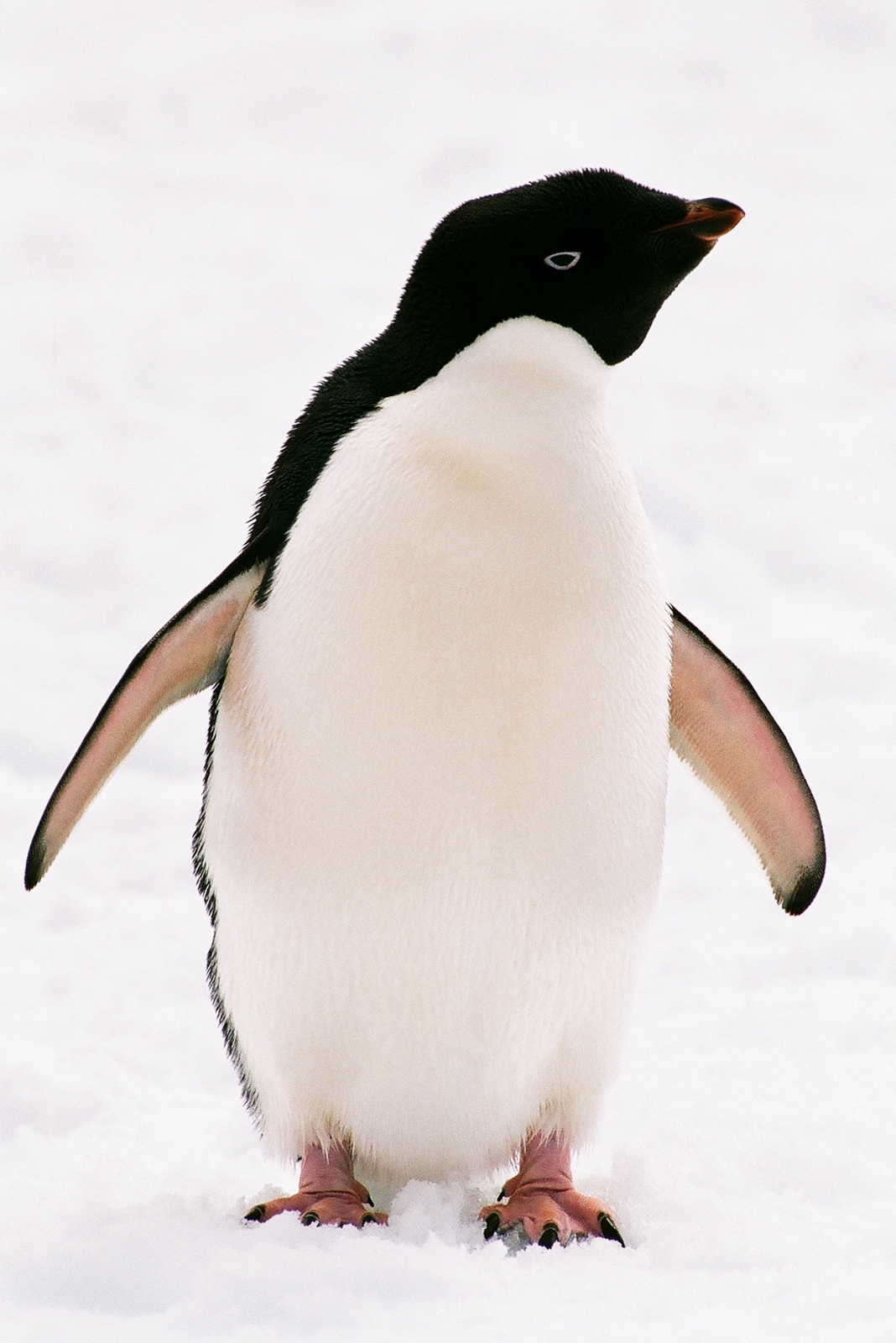Opossum vs Possum: A Complete Comparison
Despite their similar names, opossums and possums are distinctly different marsupials separated by thousands of miles of ocean. The Virginia opossum (Didelphis virginiana) is native to North America, while possums (Family Phalangeridae) call Australia and other Oceanic regions home. These distant cousins share some marsupial traits but evolved separately for millions of years, resulting in unique adaptations and characteristics.
The average opossum weighs 4-13 pounds (1.8-5.9 kg) and measures up to 40 inches (101 cm) in length, including its distinctive bare tail. In contrast, possums are generally smaller, with the common brushtail possum reaching about 32 inches (81 cm) in length and weighing 2.5-9 pounds (1.2-4.1 kg). Their physical differences reflect their distinct evolutionary paths and survival strategies in vastly different environments.
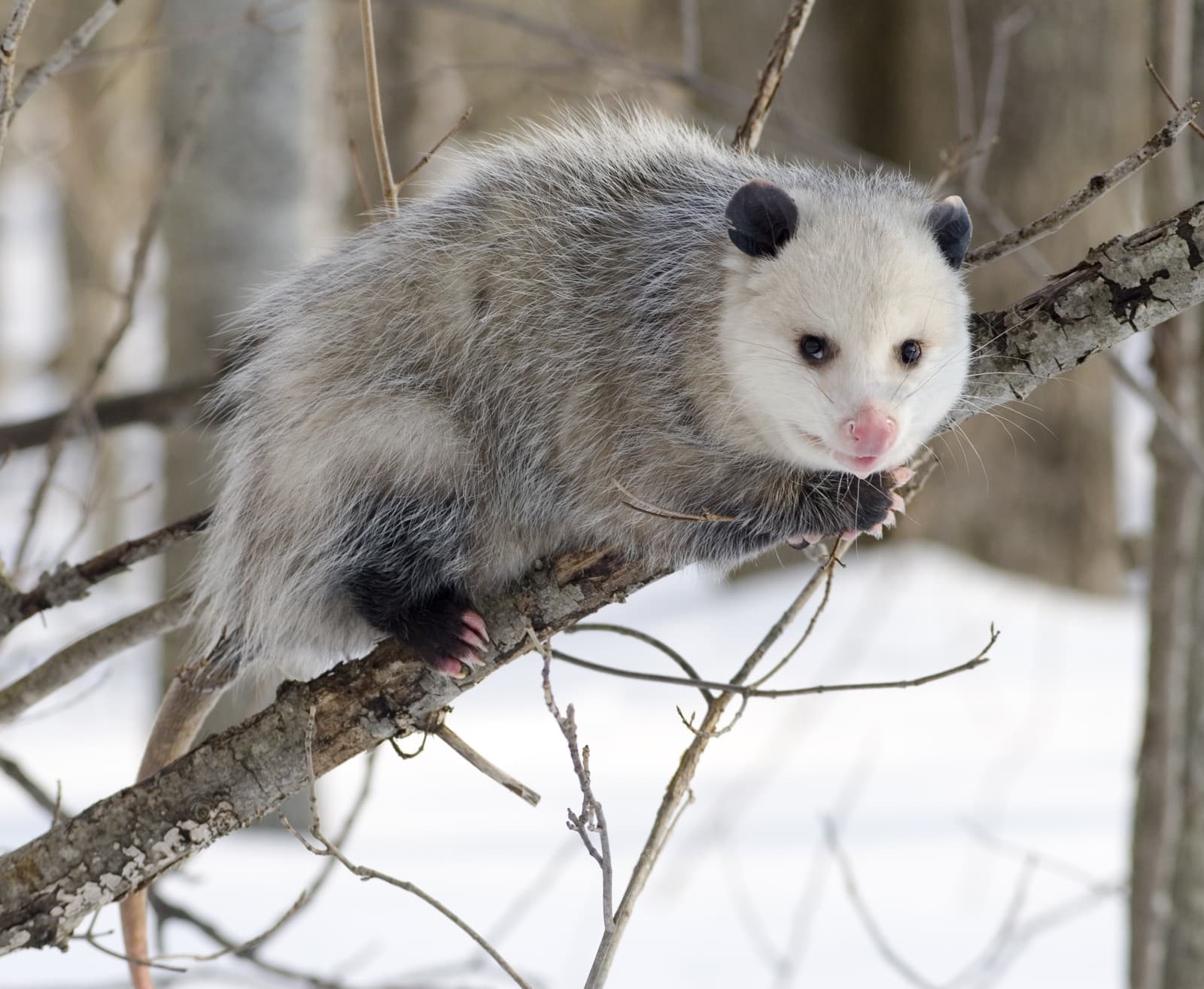
© Cody Pope / CC BY-SA 2.5
The North American opossum displays its characteristic features: a pointed snout, grayish-white fur, and hairless ears. This adaptable marsupial thrives in diverse habitats across the Americas, from urban areas to wilderness.
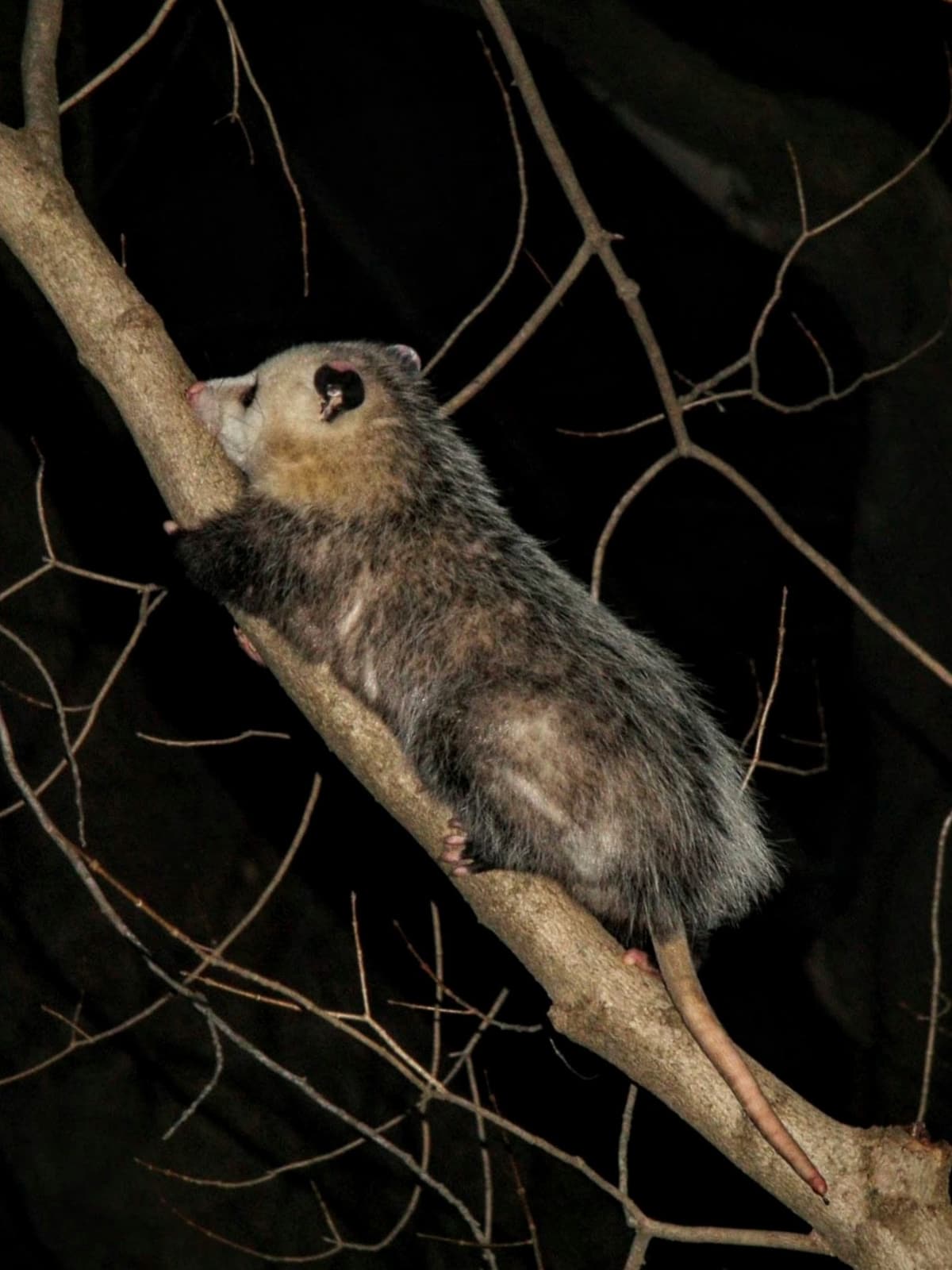
© American Lotus / CC BY-SA 4.0
A nocturnal opossum demonstrates its excellent climbing abilities, a crucial survival skill shared by both opossums and possums despite their geographic separation.
Key Differences Between Opossums and Possums
| Feature | Opossum | Possum |
|---|---|---|
| Geographic Range | North and Central America | Australia and Oceania |
| Size | 4-13 lbs (1.8-5.9 kg) | 2.5-9 lbs (1.2-4.1 kg) |
| Tail Type | Bare, scaly | Furry, prehensile |
| Face Shape | Long, pointed snout | Short, rounded face |
| Diet | Omnivorous scavenger | Primarily herbivorous |
| Defense Mechanism | Playing dead | Aggressive displays |
Habitat and Distribution
Opossums and possums evolved in completely different ecosystems, shaping their distinct characteristics. North American opossums thrive in diverse environments from southern Canada to Central America, adapting well to urban areas. Australian possums inhabit various regions across Oceania, from rainforests to suburban gardens, with species like the common brushtail possum becoming particularly successful in New Zealand.
Behavioral Differences
The behavioral patterns of these marsupials reflect their unique evolutionary histories. Opossums are famous for “playing possum,” a defensive mechanism where they enter a catatonic state when threatened. Australian possums typically respond to threats with aggressive displays and vocalizations. Both species are primarily nocturnal, but their feeding habits differ significantly.
Diet and Feeding Habits
While both animals are opportunistic, their dietary preferences show marked differences:
-
Opossums:
- Omnivorous scavengers
- Consume insects, small vertebrates, fruits, and carrion
- Help control tick populations
- Often raid human garbage
-
Possums:
- Primarily herbivorous
- Feed on leaves, especially eucalyptus
- Consume fruits and flowers
- Occasionally eat insects and small vertebrates
Physical Adaptations
The physical characteristics of these marsupials reflect their distinct evolutionary paths:
-
Opossum Adaptations:
- Prehensile tail for climbing
- 50 teeth (more than any North American mammal)
- Excellent immune system
- Temperature-resistant naked ears and tail
-
Possum Adaptations:
- Furry prehensile tail
- Strong climbing claws
- Better-developed night vision
- Thick fur for temperature regulation
Conservation Status and Human Impact
Both species face various challenges in their respective ranges. Opossums are generally abundant but face threats from vehicle collisions and habitat loss. Australian possums, while successful in some areas, face pressure from habitat destruction and introduced predators. Some possum species are threatened or endangered, requiring specific conservation efforts.
Who Would Win: Opossum vs Possum
In a hypothetical encounter, size and defensive strategies would be key factors. The larger Virginia opossum (averaging 6-13 pounds) would have a weight advantage over most possum species. However, Australian possums typically display more aggressive defensive behaviors. The opossum’s famous “playing dead” strategy, while effective against predators, wouldn’t serve well in a direct confrontation. Based on documented behavioral patterns and physical capabilities, the more aggressive Australian possum would likely prevail in a direct encounter, despite its smaller size.
